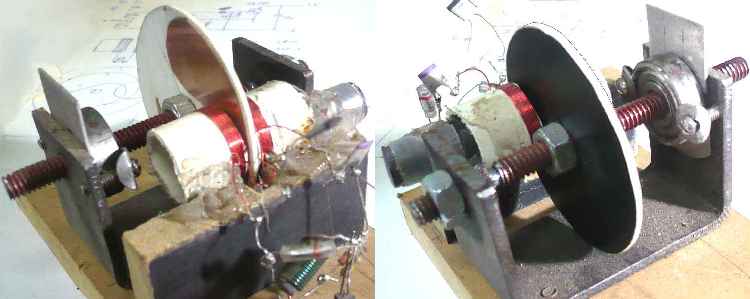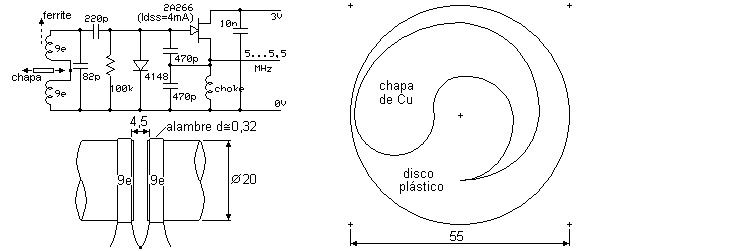Due to lack of time I have to change some priorities for the next times.
This post is just a place holder for some ideas so I can recall later.
Feel free to follow some of the links bellow to see some nice designs, don't follow the ones starting with speaky...
Things to to:
- Put in place the hf radio cristal filter pre-amp and post filter mixer. I still don't know if I will use the same SBL-1 used for reception or if I will place another one dedicated for transmission.
- Make the vox circuit for the hf radio, althoug I never use vox in radios but it's nice to have some more buttons....
- Put labels in the box and make an first QSO.....if the thing works...
- Build the HF PA for the hf radio, just don't know if I will use the JBOT (just a bunch of transistors) at: http://www.phonestack.com/farhan/jbot.html (around 8 Eur in transistors for 5 w) or the nice one from sm0vpo at: http://www.sm0vpo.com/tx/15w-pa.htm (around 28 Eur in transistors for 10 w)
- Finish my other Si570 kit, put in a box with the VHF FM receiver. Change the squelch acording to this design:
http://forum.kadirlitrac.org/showthread.php?t=47
(use the part on pins 9,10,11,12 of the MC3361), on my VHF FM receiver I made the conversion with an NE602 (from NE602 datasheet). My post with references is at: http://speakyssb.blogspot.com/2009/10/vhf-fm-receiver-with-si570-vfo.html
- Finish an DRM receiver pcb that was sent to me when I bough the APT receiver kit.
- Place in a definitve box the 20A power supply.
- Finish another homebrew speaker built in a Cisco router dummy power supply box.
- Finish another magnetic loop antenna with coax cable that is already prepared. For use in a NAVTEX receiver.
- Put some missing components and a box on one of my first receivers, a regen one from ARRL design.
- Place in a box the ATV transmiter I have for a long time and never was tested. Put the camera connected... put an exterior antenna.
- Put in 2 plastic boxes that I allready have the tinytrack and the aprs decoder. Connect to vhf fm receiver and the computer.
- Make some more test on the VHF FM transmiter and try to get to a definitive version for shack use.
Now some interesting designs I still have to try:
- Based on the Russian mixer by RA3AAE : http://www.qsl.net/ok1ayu/projects/rx80.htm
- Stand alone NAVTEX receiver http://home.kpn.nl/pa2ohh/07fer.htm ...or maybe I use the 500Khz to 4Mhz converter and connect to a 4.5Mhz dc receiver... ideas..
...ufff, I have work and fun for the next century...
....one of this days I will finish the Speaky SSB tranceiver that gave me the motivation for writing this blog
73 de Ricardo - CT2GQV

























 First I have to say that I can receive Navtex service in another way but it would be fun to make a dedicated receiver, so from the 500Khz to 4Mhz converter board I started to design an 490 and 518Khz receiver. First tests were with an low frequency oscillator near the desired frequencies ense a direct conversion receiver. The first idea was to divide a higher frequency cristal to get the oscilator but after some tests there was to much noise for pratical use.
First I have to say that I can receive Navtex service in another way but it would be fun to make a dedicated receiver, so from the 500Khz to 4Mhz converter board I started to design an 490 and 518Khz receiver. First tests were with an low frequency oscillator near the desired frequencies ense a direct conversion receiver. The first idea was to divide a higher frequency cristal to get the oscilator but after some tests there was to much noise for pratical use.






.JPG)